What Is Bulking of Sand?
Important Point
- The free moisture content in the fine aggregate or sand results in bulking of its volume. The phenomenon of increase in sand volume due to the addition of water or increase of moisture content is termed as Bulking of Sand.
- Bulking of Sand occurs when a film of water is created around the sand particles due to the presence of atmospheric moisture. This film or layer generates the force which then forces the particles to move apart from each other and thus increases the volume of the sand.
- Bulking of Sand depends on the size of the particles in the sand and also on the quantity of moisture content in sand.
- The volume of sand can increase from 20 % to 40 % due to an increase of 5 to 8 % of moisture content.
- A finer particle of sand will Increase more in volume due to bulking of sand. Volume increase will be relatively less for a coarse particle of sand because of the large surface area is contributed by fine particles for the same volume contribution.
- Bulking of Sand almost disappears when the moisture content is increased beyond 8 to 10 % for coarse-grain sand.
Bulking of Sand Is Caused Due to
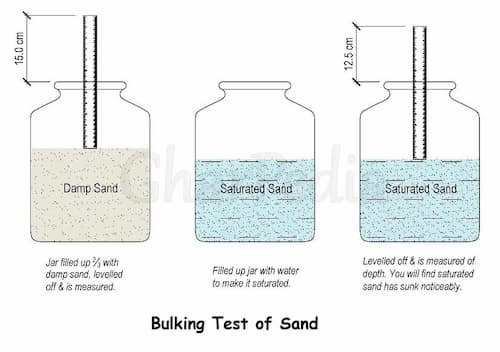
- Free moisture present in the atmosphere forms a thin film around each sand particle. This thin layer of moisture exerts surface tension which pushes the neighbouring particles away from each other.
- Therefore, due to this force no point contact is possible between the sand particles. This caused an increase in volume or bulking of sand.
- The percentage of moisture content in the sand and the particle size of the fine aggregate or sand will result to the extent of surface tension and consequently how far the adjacent sand particles are away from each other.
- The most interesting point to note is that the bulking of sand increases with the increase in moisture content up to a certain limit and after that the further increase in the moisture content results in the decrease in the volume of bulking of sand and at a moisture content representing saturation point, the sand shows no bulking.
Bulking of Sand Graph
- It can be seen from the above graph that fine sand bulks more and coarse sand bulks less. From the above graph we find that the coarse aggregate also bulks but the bulking of the volume is so little that it is always neglected.
- Extremely fine sand and particularly the manufactured fine aggregate bulk as much as about forty percent.
- Surface moisture that is gained from the surrounding atmosphere on fine aggregate can cause considerable bulking; the amount of bulking varies with the amount of moisture and the aggregate grading.
- The increase in volume or bulking of fine aggregate shows a completely unrealistic volume.
- Therefore, it is necessary that absolute care must be given to the effect of bulking of sand in proportioning the concrete by volume.
- If proper care is not given to the effect of bulking of sand, in case of construction of volume batching, the resulting concrete is likely to be under sanded and harsh.
- Bulking of sand will also affect the yield of concrete for given cement content.
Bulking of Sand Formula
- The extent of bulking of sand can be estimated by a simple field test. A sample of moist fine aggregate or sand is filled into a measuring cylinder in the normal manner.
- Mark that level in the measuring cylinder, and denote the point with “ h1“. Now pour water into the measuring cylinder and completely inundate the sand and shake it.
- As we know that the volume of the saturated sand is the same as that of the dry sand, the inundated sand completely offsets the bulking effect of the sand.
- Now mark down the level of the sand, and denote the point with ” h2“. Then the point h1 – h2 shows the bulking of the sample of sand under test.
- Percentage of Bulking of Sand = (h1 – h2)/ h2 X 100.
- In a similar way the bulking factor of a fine aggregate can be found out by filling the wet sand in a water tight measuring box up to the top and then pour water to inundate the fine aggregate.
- After that measure the subsidence of fine aggregate and express it as a percentage. This procedure gives a more realistic reading of the bulking factor of sand.
- A bulking factor of sand can also be done using field test to find out the percentage of bulking that could be conducted in a very short time span and the percentage of bulking of sand is found out easily, which could be employed for correcting the volume of fine aggregate to be used any construction.
- This method is considered as one of the most important methods of field control to produce quality concrete for construction purpose.
- Since volume batching is not adopted for controlled concrete, the determination of the percentage of moisture content is not adopted for controlled concrete; the determination of the percentage of moisture content is not normally required.
- The amount of water could be controlled by visual examination of the mixture and by the experience of the worker.
- The percentage of free moisture content is required to be determined and correction made only when weigh batching is adopted for the production of quality concrete.
Test Procedure to Determine the Bulking of Sand
- In order to determine the Bulking of Sand in a given sample, the following steps can be followed.
- First take measuring cylinder; fill the cylinder up to 200 ml mark with a sand sample.
- Steel scale can be used in order to get an accurate measurement, but compaction of the given sand sample is not allowed.
- Then the given sand sample can be transferred to a container.
- Then 100 ml water is filled into the empty measuring cylinder.
- Then the transferred sand sample is refilled back to the measuring cylinder with 100 ml water and mixed thoroughly with a steel rod.
- Let the measuring cylinder rest for some time so that the mixture of sand and water can settle down.
- This time the mixture of sand and water sample will be below the 200 ml mark. Let the present level of mixture sample be “a“.
- The bulking of sand of the given sample will be determined by the following equation – Bulking of Sand = (200 – a)/ X 100.
- All the above procedure should be repeated at least twice and the average value of all the observations will be the percentage of Bulking of Sand for the given sample of sand.
Bulking of Sand
The increase in the volume of sand due to increase in moisture content is known as bulking of sand . A film of water is created around the sand particles which forces the particles to get a side from each other and thus the volume is increased. The increase in moisture in sand increases the volume of sand.
What Is Bulking of Sand?
Bulking of fine aggregate or sand is the phenomenon of increase in sand volume due to the increase of moisture content. Bulking test on fine aggregates has to be performed before using it in construction. This article describes the procedure and importance of determining bulking of fine aggregates.
Bulking of Sand Is Caused Due to.
The moisture content in the sand makes thin films around sand particles. Hence, each particle exerts pressure. Thus they move away from each other causing increasing in volume. Percentage of moisture content.
Also, Read: What Is Soil Vent Pipe | How Does Soil Stack Pipe Works | Soil Vent Pipe Material | Types of Plumbing System
Bulking of Sand Graph
As per IS2386-3 Bulking in Sand, Presence of 4% of moisture content in sand increases 25% of its volume.
| % of Moisture content | Percentage of Bulking with Respect to Volume |
|---|---|
| 2% | 15% |
| 3% | 20% |
| 4% | 25% |
| 5% | 30% |
Like this post? Share it with your friends!
Suggested Read –
- Polysulfide Sealant Vs Polyurethane Sealant | Functions of Sealants | What Is Polysulphide Sealant | What Is Polyurethane Sealant
- What Are Survey Levelling | Important Terms Related to Levelling | What Are Different Types of Levelling | Types of Trigonometric levelling
- Parking In India | What Is Parking | Parking Statistics | Types of Car Parking | How to Park a Car Perpendicular | Types of Parking Spaces
- Building Layout | How to Building Layout | What Is Method of Layout of Building | Control Lines of Construction | Construction Layout
- What Is Road Pattern | Different Types of Road Patterns | Grid Pattern Definition | Radial Pattern | Rectangular or Block Pattern | Minimum Travel Pattern
- Definition of Shear Force and Bending Moment | What Is Shear Force | What Is Bending Moment | Relation Between Loading, Shear Force & Bending Moment
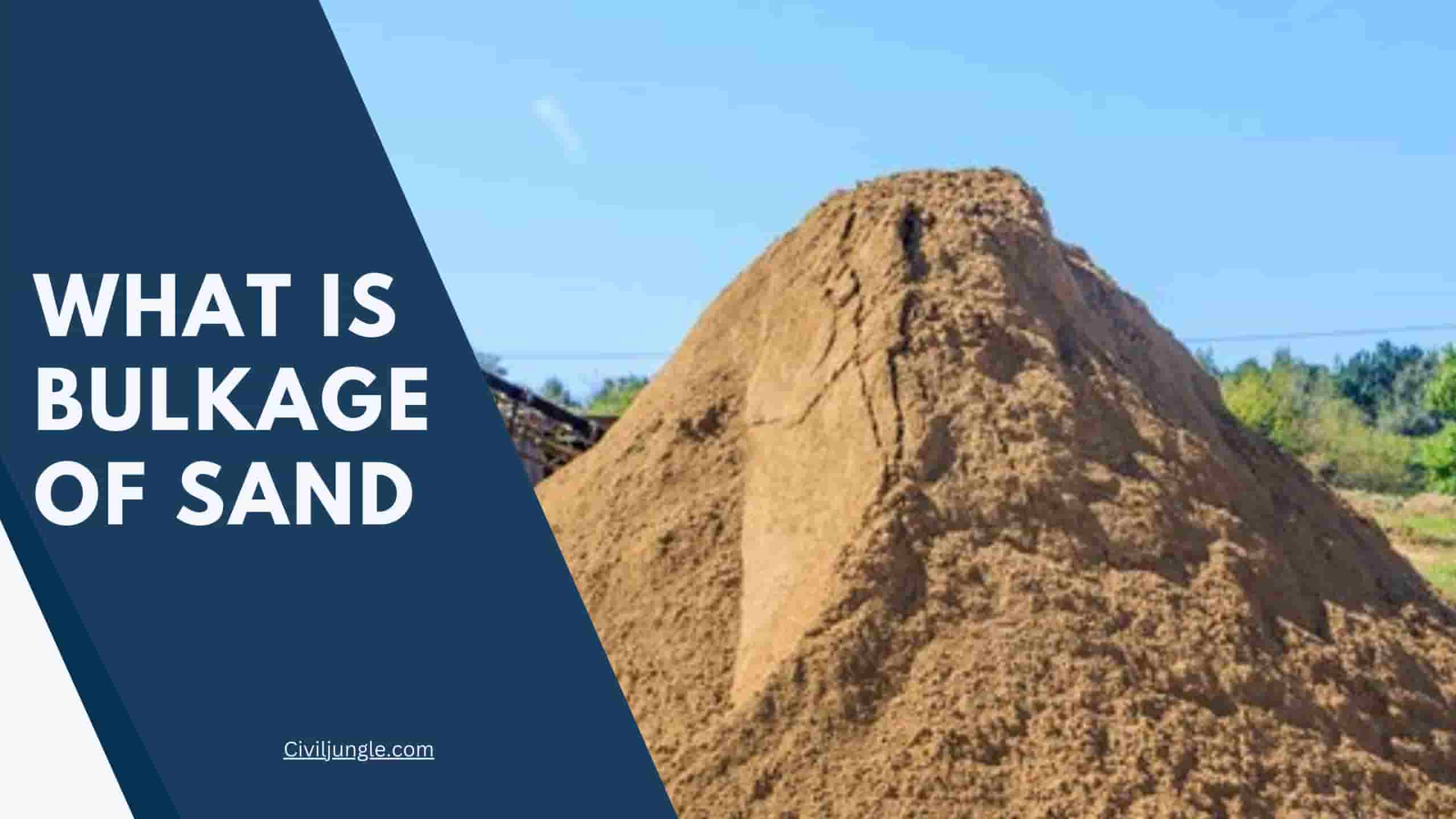
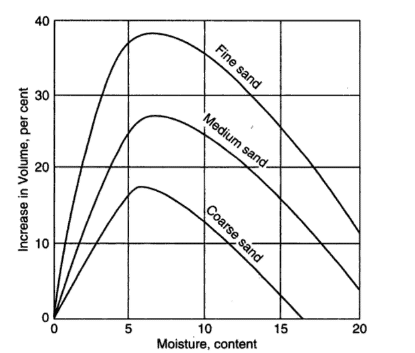
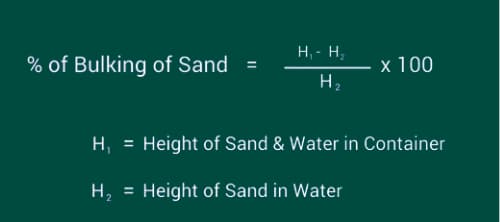
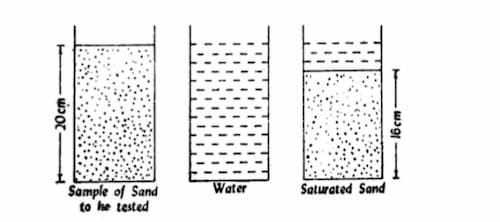

Leave a Reply